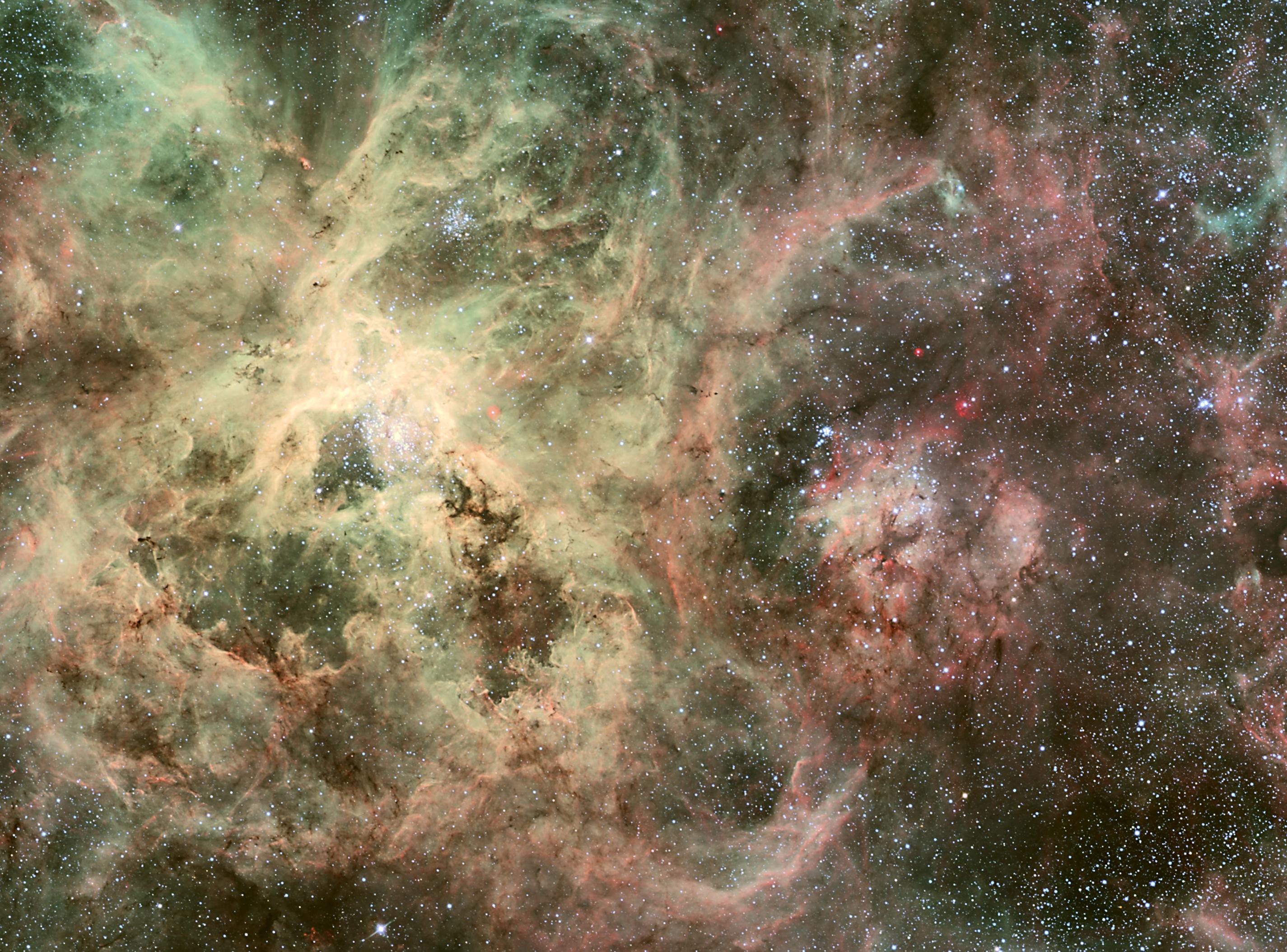Please login in order to download photos in full size
If you are not registered, please register for free: www.Free-Photos.biz/register
Please note to download premium images you also need to join as a free member..
You can also save the photos without the registration - but only in small and average sizes, and some of them will have the site's watermark. Please simply click your right mouse button and save the image.
Please login in order to like photos
If you are not registered, please register for free:
Sorry, non-members can download up to 1100 full-size photos per month.
It looks like you have used up your limit.
Free members can download an unlimited number of full-size photos - including the premium free photos.
Join as a member today for FREE! - and download the images without limitations:
www.Free-Photos.biz/membership.php
You can also save the images without the membership - but only in small and average sizes, and some of them may have the site's watermark. Please simply click your right mouse button and save the image.

|
This is a premium free photo
This photo was viewed 940 times and was downloaded in full size 99 times.
This photo was liked 2 times
If you are a member, please login in order to see the source link of the above image.
Summary
| Description |
English: A heavy runaway star is rushing away from a nearby stellar nursery at more than 250,000 miles an hour, a speed at which one could travel to the our moon and back in two hours. This is the most extreme case of a very massive star that has been kicked out of its home by a group of even heftier siblings. The homeless star is on the outskirts of the 30 Doradus Nebula, a raucous stellar breeding ground in the nearby Large Magellanic Cloud. The stellar nursery is seen at the centre of this image. The finding bolsters evidence that the most massive stars in the local universe reside in 30 Doradus, making it a unique laboratory for studying heavyweight stars. Also called the Tarantula Nebula, 30 Doradus is roughly 170,000 light-years from Earth. Tantalizing clues from three observatories, including the Hubble Space Telescope's newly installed Cosmic Origins Spectrograph (COS), and some old- fashioned detective work, suggest that the star may have travelled about 375 light-years from its suspected home, a giant star cluster called R136. Nestled in the core of 30 Doradus, R136 contains several stars topping 100 solar masses each.
|
| Date | 11 May 2010 |
| Source | NASA |
| Author | NASA, ESA, C. Evans (Royal Observatory Edinburgh), N. Walbom (STScI), and ESO |
Licensing
| This file is in the public domain because it was created by NASA and ESA. Hubble material is copyright-free and may be freely used as in the public domain without fee, on the condition that NASA and ESA is credited as the source of the material. The material was created for NASA by Space Telescope Science Institute and for ESA by the Hubble European Space Agency Information Centre under Contract NAS5-26555. Copyright statement at hubblesite.org or copyright statement at spacetelescope.org. |
A heavy runaway star is rushing away from a nearby stellar nursery at more than 250,000 miles an hour, a speed at which one could travel to the our moon and back in two hours. This is the most extreme case of a very massive star that has been kicked out of its home by a group of even heftier siblings. The homeless star is on the outskirts of the 30 Doradus Nebula, a raucous stellar breeding ground in the nearby Large Magellanic Cloud. The stellar nursery is seen at the centre of this image. The finding bolsters evidence that the most massive stars in the local universe reside in 30 Doradus, making it a unique laboratory for studying heavyweight stars. Also called the Tarantula Nebula, 30 Doradus is roughly 170,000 light-years from Earth. Tantalizing clues from three observatories, including the Hubble Space Telescope's newly installed Cosmic Origins Spectrograph (COS), and some old- fashioned detective work, suggest that the star may have travelled about 375 light-years from its suspected home, a giant star cluster called R136. Nestled in the core of 30 Doradus, R136 contains several stars topping 100 solar masses each.
Public Domain
| EXIF data: | |
| File name | runaway_star__r136__30_doradus_nebula__large_magellanic_cloud.jpg |
|---|---|
| Size, Mbytes | 0.894150390625 |
| Mime type | image/jpeg |
While the copyright and licensing information supplied for each photo is believed to be accurate, Free-Photos.biz does not provide any warranty regarding the copyright status or correctness of licensing terms. If you decide to reuse the images from Free-Photos.biz, you should verify the copyright status of each image just as you would when obtaining images from other sources.
The use of depictions of living or deceased persons may be restricted in some jurisdictions by laws regarding personality rights. Such images are exhibited at Free-Photos.biz as works of art that serve higher artistic interests.
PRIVACY POLICY
By registering your account and/or by subscribing to new and newly rated photographs you agree we may send you the links to photos and we may occasionally share other information with you.
We do NOT disclose your personal data.



